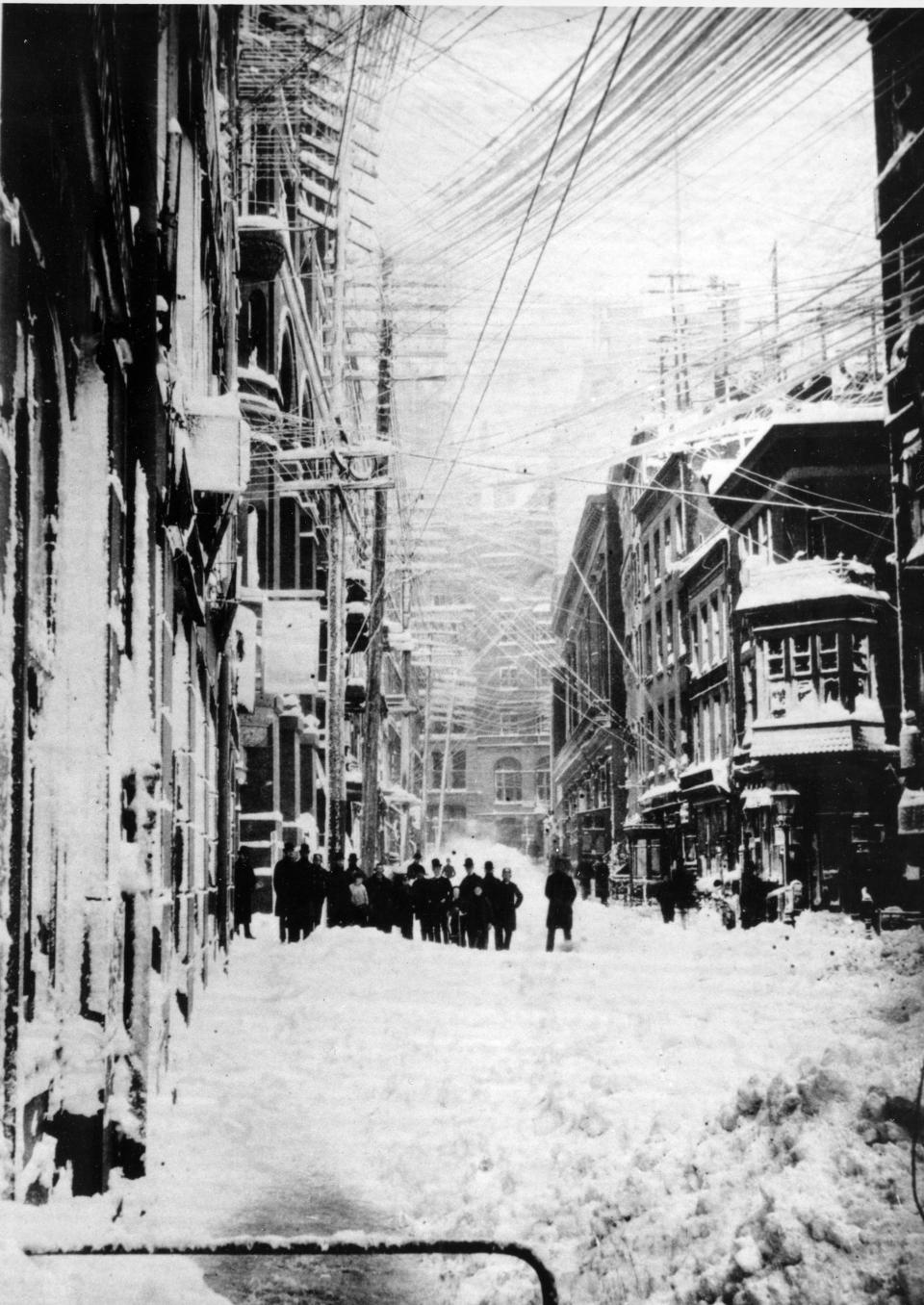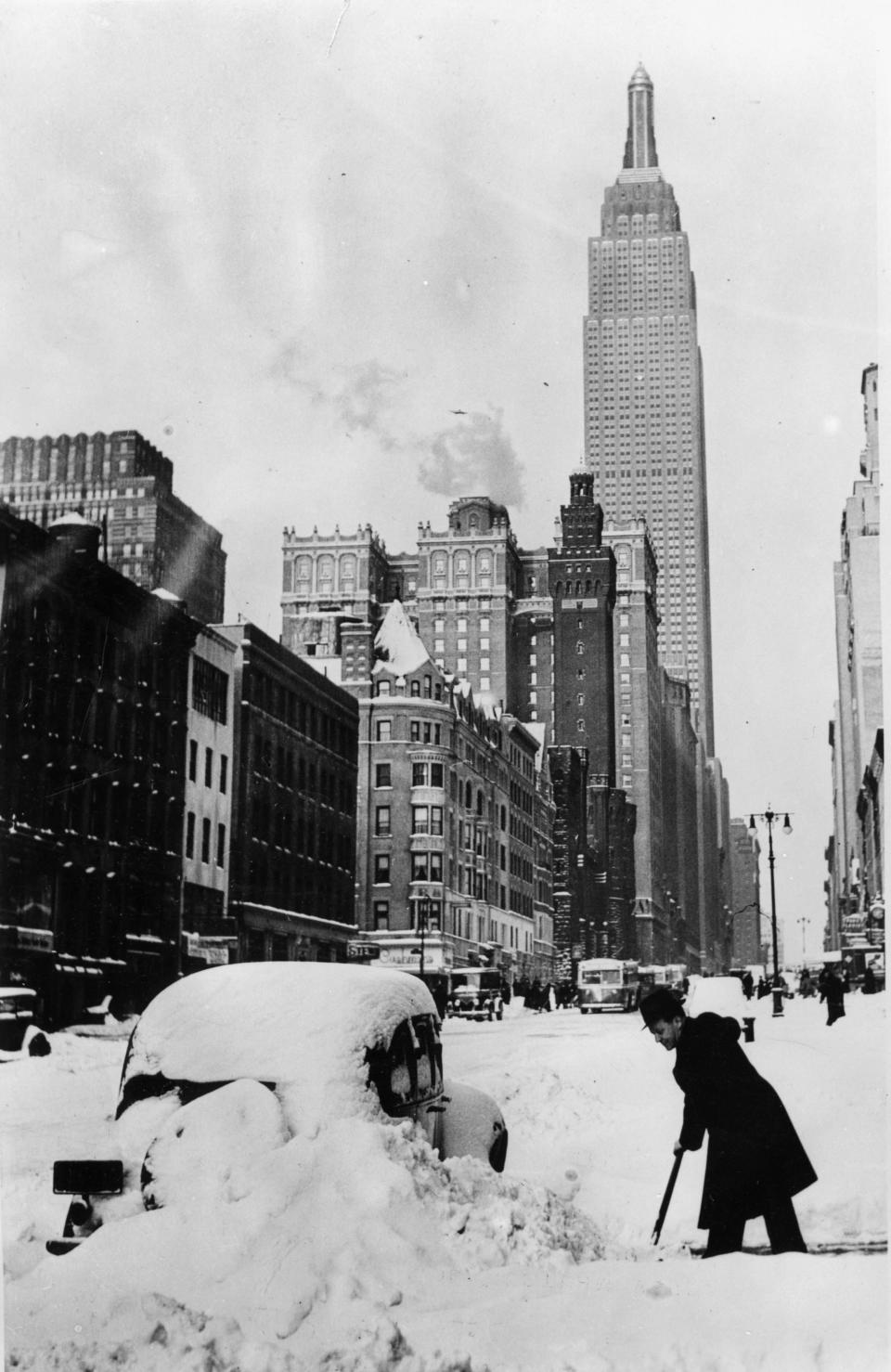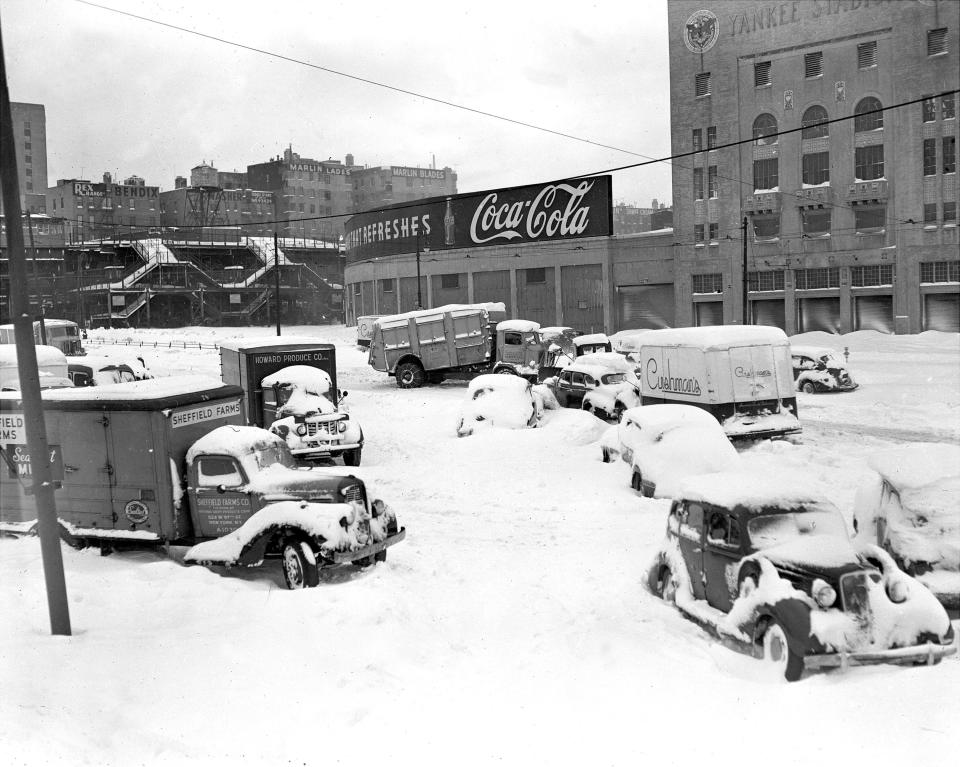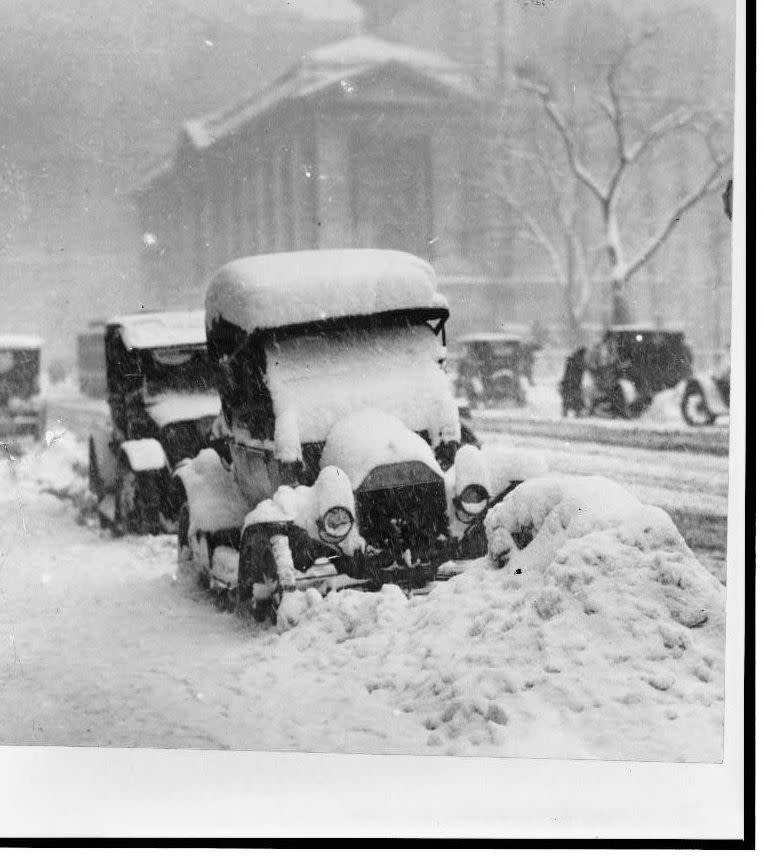Watch As Lake Erie Sends A Massive 40-Foot 'Ice Tsunami' Crashing Ashore
A massive “ice tsunami” created a surreal scene on the shores of Lake Erie in both Ontario, Canada, and near Buffalo, New York, over the weekend.
High winds pushed ice through the Niagara River and into the lake, and eventually forced it ashore, creating what’s more formally known as an “ice shove” in Fort Erie, Canada and Hamburg, N.Y.
Storm chaser David Piano told CNN the ice wall was 40 feet high in spots and “starting to bulldoze trees and street lamps.”
Similar scenes were reported elsewhere along Lake Erie, including at Hoover Beach in Hamburg, just outside of Buffalo. WGRZ, the local NBC station, said the ice shove hit 30 feet high in parts of Hoover Beach:
The Town of Hamburg Emergency Services says there is a voluntary evacuation of Hoover Beach due to ice shifting. Residents in Hoover Beach can expect the Woodlawn Fire Department to come door to door accounting for residents. pic.twitter.com/d58HJFGcEQ
— WGRZ (@WGRZ) February 24, 2019
“This is the first time in my entire life I’ve seen it come this high and this close to the house,” longtime resident Jack Schultz told the Buffalo News. “It came up in sheets. It just layered it up to the wall. Then, when the (ice) boom broke, it took all the pressure out of here.”
National Geographic said ice shoves ― also called ice pushes and ivu ― are created by high winds and “are most likely to occur in the early spring, when ice just starts to weaken and break up.”
CORRECTION: A HuffPost video in a previous version of this story misidentified Lake Erie as Lake Ontario.
Also on HuffPost











Love HuffPost? Become a founding member of HuffPost Plus today.
This article originally appeared on HuffPost.

